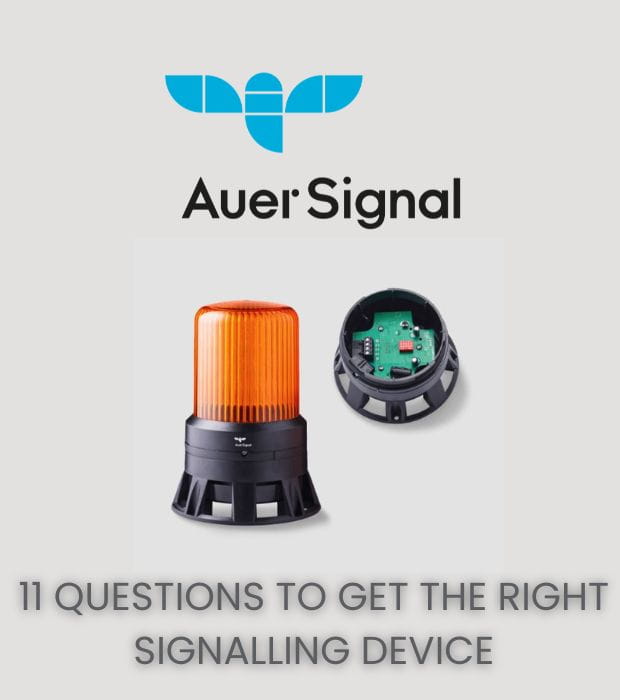
Important notice - Our website is under going construction, therefore you may notice some issues. Please bare with us and contact or customer support team if you need any product information - 0116 284 9900

Important notice - Our website is under going construction, therefore you may notice some issues. Please bare with us and contact or customer support team if you need any product information - 0116 284 9900
PULS
UB10.241 is suitable for use in applications in which interruptions occur relatively often and the times are fairly short, such as for assuring process conclusion and retaining operation of PLC and other critical components.
A complete DC-UPS system consists of a control unit and battery, and power supply with suitable power for the application. In the event of a power outage, the battery is automatically switched in and supplies the connected loads. The control unit requires just (1) 12 V battery that then transforms the battery voltage up to 22.3 V dc. Two batteries do not need to be matched with one another and the output voltage does not follow the battery's discharge curve but is instead constant at 22.3 V. The battery capacity is utilized 100 % compared with two batteries connected in series, where one of the batteries is not fully charged.
Two relay outputs indicate status; the module is ready (battery capacity >85 %) and the module is active. (buffer mode) The control unit tests the battery's condition in cycles. When it is time to replace the battery, a relay output is activated (replace battery). At the front, optimized final charging voltage in relation to ambient temperature is selected. There are three available alternatives: 10 °C, 25 °C and 40 °C.
The back-up time can be set in different time ranges to save battery capacity. When choosing constant discharge, the output voltage will be active until the battery reaches deep discharge and the control unit then disconnects the battery. There is also an input, Inhibit, for external shut-off of the back-up time. In the event of a battery fuse fault, the “ready” output is deactivated and a red LED lights on the control unit. The output is current limited and turns itself off after about 5 seconds after a short circuit to spare the battery and at the same time, avoids tripping the battery fuse. In the event of a short circuit in the battery mode, the module supplies about 20 A, which helps trip any secondary fuses.
Monitoring of the battery fuse and current limitation in the event of short circuits provides increased reliability and guarantees that the UPS will function after a short circuit. There is no galvanic isolation between the 24 V dc input and output or between 24 V and 12 V. Isolation between the mains and the output is executed via the power supply.
Back-up time with 7 Ah battery (curve A) | Back-up time with 26 Ah battery |
|
|

Input data |
|
|---|---|
| Input current during charging | 1,2 A |
| Input voltage from the unit | 24 V DC |
| Input voltage for battery connection | 22,8 V DC |
| Input voltage from the battery | 12 V DC |
Output data |
|
| Output voltage for battery operation | 22,25 |
| Output current during operation max | 15 A |
| Output current for battery operation max | 10 A (15 A @ 5 s) |
| Output voltage at buffering | 22,25 V DC |
| Output voltage normal operation | 24 V DC |
| Output current at 24 V dc | 10 A |
Efficiency / Lifetime / MTBF |
|
| Life span | 137 400 h @ 10 A, 40 °C |
| Efficiency | 97,8 % |
| MTBF (IEC 61709) | 886 000 h @ 10 A, 40 °C |
Dimensions |
|
| Weight | 0,65 kg |
| Depth | 117 mm |
*Invisible Heading* |
|
|---|---|
| Width | 49 mm |
| Height | 124 mm |
Other |
|
| Charging the battery type | 1,5 A |
| IP class | IP20 |
| Ripple max | 20 mV pp |
| Voltage level for battery connection | 22,3 V DC |
| Power drop from +60 °C to + 70 °C | 9,6 W/°C |
| Temperature min without derating | -25 °C |
| Permitted battery sizes | 3,9-40 Ah |
| Approvals | ABS, CB, CE, CSA, CSA US, EX, GL, IECEx, UL |
| Temperature max without derating | 60 °C |
| Material protection | Aluminium |
| Type Power Supply | DC-UPS |
UB10.241 is suitable for use in applications in which interruptions occur relatively often and the times are fairly short, such as for assuring process conclusion and retaining operation of PLC and other critical components.
A complete DC-UPS system consists of a control unit and battery, and power supply with suitable power for the application. In the event of a power outage, the battery is automatically switched in and supplies the connected loads. The control unit requires just (1) 12 V battery that then transforms the battery voltage up to 22.3 V dc. Two batteries do not need to be matched with one another and the output voltage does not follow the battery's discharge curve but is instead constant at 22.3 V. The battery capacity is utilized 100 % compared with two batteries connected in series, where one of the batteries is not fully charged.
Two relay outputs indicate status; the module is ready (battery capacity >85 %) and the module is active. (buffer mode) The control unit tests the battery's condition in cycles. When it is time to replace the battery, a relay output is activated (replace battery). At the front, optimized final charging voltage in relation to ambient temperature is selected. There are three available alternatives: 10 °C, 25 °C and 40 °C.
The back-up time can be set in different time ranges to save battery capacity. When choosing constant discharge, the output voltage will be active until the battery reaches deep discharge and the control unit then disconnects the battery. There is also an input, Inhibit, for external shut-off of the back-up time. In the event of a battery fuse fault, the “ready” output is deactivated and a red LED lights on the control unit. The output is current limited and turns itself off after about 5 seconds after a short circuit to spare the battery and at the same time, avoids tripping the battery fuse. In the event of a short circuit in the battery mode, the module supplies about 20 A, which helps trip any secondary fuses.
Monitoring of the battery fuse and current limitation in the event of short circuits provides increased reliability and guarantees that the UPS will function after a short circuit. There is no galvanic isolation between the 24 V dc input and output or between 24 V and 12 V. Isolation between the mains and the output is executed via the power supply.
Back-up time with 7 Ah battery (curve A) | Back-up time with 26 Ah battery |
|
|

Engineers and technicians are seeking solutions that streamline assembly whilst maintaining high levels of protection and flexibility. KDS-SR90 angled screw frames and inlays bring a new level of efficiency to cable routing with a unique 90° entry design.

The smallest logic controller by Crouzet is now 20% off for a limited time only! A powerhouse packed into just 17.5mm! Efficiency, adaptability, and seamless integration with free software.

Do you require signalling devices and beacons in your production process? Download our latest whitepaper!

Here, our customer requires control boxes for electricity metering systems. We leveraged our expertise to deliver easy-to-install, ready-to-use assemblies. We look forward to creating more of these bespoke control boxes for our customer.

This blog talks all things DC circuit protection including the key components: electronic circuit breakers, fuses and current monitoring devices. As well as how to choose the right protection.

Did you get a chance to visit IATECH at The Leicester Marriott Hotel? We had over 33 exhibitors and 8 fantastic Tech Talks throughout the day, Read all about the day, here.